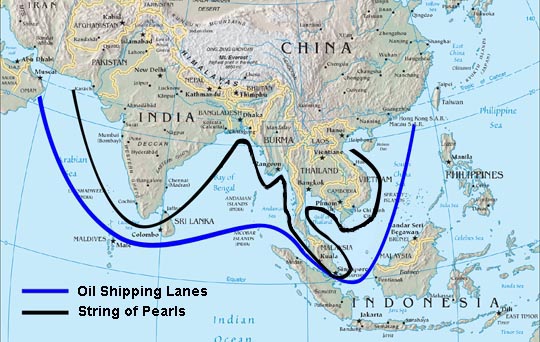 Cartoons and graphics in
textbooks make it attractive and appealing to young minds, who are going to
assimilate the knowledge from the textbooks. In 2005, National education policy
mandated to make the textbooks more attractive and introduction of graphics and
cartoons in school textbooks. Consequently, NCERT textbooks were improved
keeping in sync with new education policy.
Cartoons and graphics in
textbooks make it attractive and appealing to young minds, who are going to
assimilate the knowledge from the textbooks. In 2005, National education policy
mandated to make the textbooks more attractive and introduction of graphics and
cartoons in school textbooks. Consequently, NCERT textbooks were improved
keeping in sync with new education policy.
Recent furore over more than 60
year old Ambedkar-Nehru cartoon drawn by Shankar regarding slow pace of constitution
making in parliament is uncalled. The said cartoon which is in class XIth Political
Science NCERT textbook should be read in totality; we should understand the
context and should not read it with narrow stubborn mind. The chapter in textbook
discusses about the underlying message of cartoon in detail, which assuage the
apprehensions of many about misrepresenting the facts. The said cartoon is not
about Ambedkar-Nehru but it depicts the slow pace of constitution making and
the challenges faced by our forefathers in making such a huge and just
constitution.
Even Ambedkar and Nehru never
objected to such cartoons in their lifetime. Nehru was the admirer of Shankar
for his deep, witty political cartoons. Even Britishers, who censured the Indian
dailies during their reign never touched the political cartoons. The present
controversy only tells how much intolerant we have become.
Textbooks should not be guided or
coerced by extremist organisations or the whims and fancies of powerful people.
Our future generation should have true knowledge of our past. The stand taken by HRD minister on this row is
disheartening. He should not have ordered for removal of cartoons before proper
enquiry by experts on this subject. This could set in motion a dangerous trend
where anyone in power or with threat can manipulate the textbooks. The purpose
of education is to equip the student with all the facts and knowledge, challenge
his inquisitive mind, develop curiosity to explore , he should not be forced
feed an ideology or propaganda.
Removal of cartoons and graphics
from textbook will again make it dull and boring. It’s a regressive step and
revert all the good things ushered by the 2005 National education policy.
